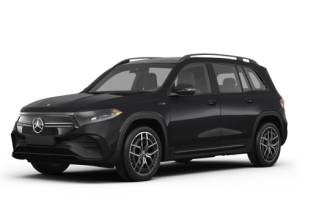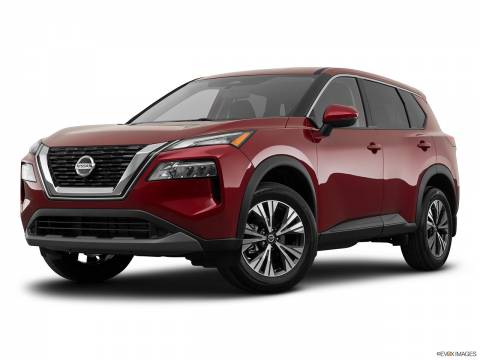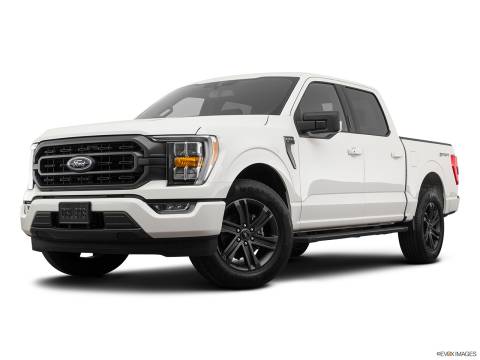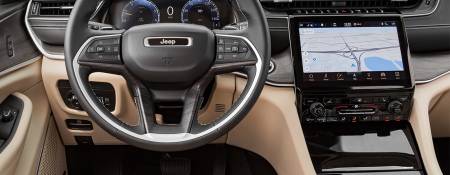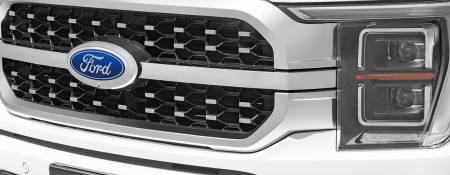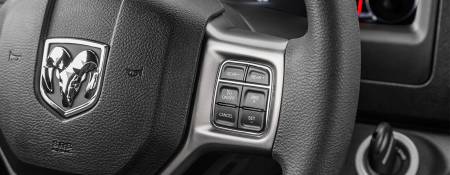Vehicles are way smarter today than a decade ago. I want to make this short post just as a heads up, nothing serious, but a good tip to always keep in mind: Adaptive Cruise Control and the Road Conditions.
ACC (Adaptive Cruise Control) is a Great Feature
More than anything, because of the safety it provides to the driver response and awareness. Just to mention a few facts where it comes pretty handy, although it is not a 100% guarantee:
- ACC Systems provide a very stable, safe and flexible way of following the vehicle in front of you up to a determined max-speed.
- If a car in front of you, makes a manual gear reduction and, as a result, a deceleration occurs, most vehicles do not light up the red brake lights. ACC reacts pretty well as it uses radar to make decisions based on distance and not on actual visual indicators. While a driver may take 1 - 2 seconds to react, the ACC system is multiple times faster.
- On average, ACC radar beams 16 times per second (1/16 ~ 0.0625 s), averaging among most manufacturers. The human brain takes about 0.25 seconds to react to a visual stimulus, while a whole coordinated body reaction (such as turning or braking) can be executed at about 0.4 seconds after the brain stimulus occurred. Although it is not a substitute for a driver, the ACC systems come very handily in high-speed situations, delivering a pre-determined response that gives us more time to react.
- The same ACC systems installed on vehicles are used passively as Forwards Emergency Warning and Braking while the ACC is disabled.
- When going into tunnels (where visibility changes a lot), right after a vehicle, it is a good "secondary indicator" that the path is safe.
Still, think Ahead of the Computer
The response of the ACC system is designed and tested under ideal road conditions. This means that if somehow you roll over snow, ice, sand or an asphalt road, most ACC systems are not aware of it. You and I know that breaking on top ice takes the probably 5 to 7 times the same distance as doing it on a normal road surface (even with winter tires).
Following, a group of tips that you should take into account when using the ACC:
- If it is raining, try to use the most extended "distance selector" from the vehicle ahead of you. The wet surface of the road reduces the grip of the tires and increases the braking distance. The same goes for light snowfalls. For snowy surfaces and ice, you should never actively use the ACC.
- If you are on a traffic jam, while sometimes the ACC can provide some Start/Stop relief and steadily maintain the distance of the vehicle in front of you, it is dangerous for people merging or switching lanes.
- Do not use it in a city or residential areas. Although some systems support up to 30 Km/h, these are intended for that speed on highways, but not for urban areas or streets. When driving in a city, all radar/visual systems should only be used passively.
Either way, keep your eyes on the road: technology helps in 99% of cases.





